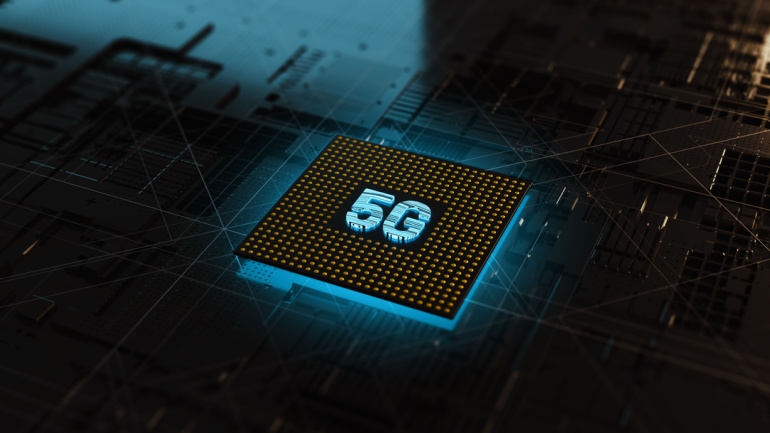Fujitsu Limited and Oracle have joined forces to introduce innovative cloud and AI capabilities tailored to the digital sovereignty needs of Japanese enterprises and government agencies. This collaboration focuses on leveraging Oracle Alloy to enhance Fujitsu’s Hybrid IT offerings, particularly its Fujitsu Uvance platform designed to assist clients in business growth and societal problem-solving.
Fujitsu Network Communications, Inc. has launched Virtuora® IA, an innovative suite of artificial intelligence (AI)-powered network applications. This breakthrough technology, designed to enhance the performance of mobile network operators (MNOs) with significantly streamlined operations, incorporates network-focused machine learning (ML) models and deep telecommunications expertise. By leveraging neural network modeling, Virtuora IA aims to offer MNOs a substantial edge in the competitive 5G arena and future markets.
Nokia, DOCOMO, Fujitsu, NEC, and NTT have established a collaboration to design and develop critical 6G technologies. In proof-of-concept (POC) experiments, next-generation mobile technologies will be focused on the sub-terahertz band and AI-enabled interfaces. The partnership will concentrate on two proof-of-concepts for upcoming 6G technologies: an AI native air interface and sub-THz radio access. These seek to prove that an AI-based 6G air interface outperforms a traditional air interface in terms of performance, and that high-data-rate beamformed access can be obtained in a high frequency band at 140 GHz. Nokia thinks that 6G will not only improve on existing technologies and systems, but will also expand and revolutionize the capabilities of a network. It will bring together the human, physical, and computer realms in order to unleash the full human potential. Nokia has identified six important technologies that will be critical components of future 6G networks in order…
Huawei is nearing completion of a large R&D complex in Shanghai focused on semiconductor technology. Fujitsu, NEC, NTT, and DoCoMo have unveiled a groundbreaking ‘top-level sub-terahertz 6G device’ achieving 100 Gbps speeds over 100-meter distances in the 100 GHz and 300 GHz bands. MASV’s Solutions Partner Program simplifies large file transfers using their cloud-based platform. LEAP is expanding global customer outreach with Vonage’s Communications APIs and SIP Trunking for scalable cloud connectivity.
Nvidia is setting its sights on a more significant role within the mobile networking sphere, particularly in the emerging field of 6G technology. At its annual GTC AI event, the company unveiled its ambitious 6G Research Cloud Platform, positioning itself as a key player in the next evolution of mobile technology. This initiative is designed to leverage Nvidia’s expertise in chips and AI, demonstrating its capabilities beyond the realm of 5G.
As the evolution towards 6G continues, telecommunications mammoths NTT DOCOMO and NTT, have expanded their research circle to include SK Telecom and Rohde & Schwarz. The newly inducted collaborators will aid in various 6G trials in Japan, focusing on identifying potent frequency bands for the upcoming technology. Of particular interest is the development of a ‘6G AI-native air interface’, that promises to bolster network performance and energy effectiveness.
In a significant move to strengthen its position in the global semiconductor industry, the Japanese government has committed approximately $307 million in subsidies to a high-profile semiconductor project. This initiative brings together major players NTT from Japan, Intel from the United States, and South Korea’s SK Hynix. Their collaboration focuses on the development of advanced optical semiconductor technology, which promises faster data processing speeds and reduced energy consumption compared to traditional electrical semiconductors.
In a groundbreaking shift, artificial intelligence (AI) is revolutionizing material discovery, unlocking new possibilities in renewable energy, semiconductors, and pharmaceuticals. GlobalData, a prominent data and analytics firm, asserts that AI is spearheading a transformative era in research and development, dismantling traditional barriers and fueling unprecedented advancements in material science.
In a groundbreaking move, AT&T has selected Ericsson as the primary supplier for its Open RAN equipment, set to handle 70% of its wireless traffic by the close of 2026. The five-year agreement, valued at an impressive $14 billion, signals a significant shift in the North American telecommunications landscape. Under the deal, Ericsson will replace some of Nokia’s equipment in specific areas of AT&T’s network.
In an exciting move, Vodafone and Arm have united to innovate within the telecom industry, developing an adaptable platform with Arm-based processors ideal for Open RAN base stations. Their collaborative effort showcases both parties’ commitment in enriching the competitive Open RAN landscape, offering robust computational power for 5G services and improved energy efficiency. In addition, illustrious companies like SynaXG, Ampere Computing, and Fujitsu are lending their expertise to test and validate this technology. The joint venture also presents opportunities for Vodafone to reach its net-zero targets.













